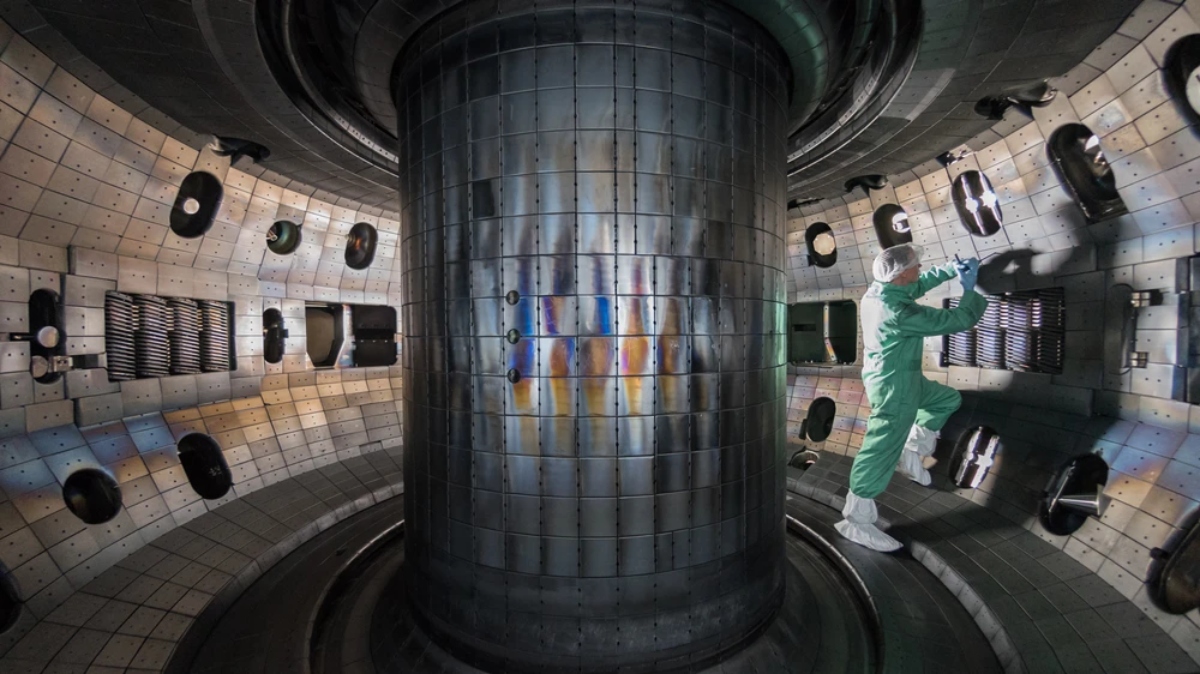Much more than a shrewd futuristic idea, autonomous car technology has become a real necessity to ensure safety on the countless roads that will populate the cities of the future. Achieving this type of alternative will depend on the inclusion of technologies that do not yet exist. However, there is a remarkable example of the processes that will need to be materialized.
The Society of Automotive Engineers (SAE) is one of the institutions that serves as the most important current source of information for such progress. This article summarizes the five main levels that the industry must overcome to make the realization of a world of fully autonomous vehicles a fully possible reality in the future.
Levels 0 and 1 in the process of the achievement of autonomous cars: Main notions and aspects.
The automotive industry has labeled the first level with the number 0 since it is in itself a number that denotes the level of absence of automation. This is the level of today’s automobile industry. In which each and every one of the actions that the vehicle will perform begins with the user’s decision making.
The second level, or level 1, is already a barrier in full gestation. S estimates that by the early 2020s, this will be the most productive level. In this section, cars will incorporate devices that will seek the user’s community based on the performance of functions such as steering control, speed controllers and lane keeping.
Levels 2 and 3 of automotive automation: What will be the most essential processes to be achieved?
The next levels in this process will require the launching to the market of vehicle models with all the processes required to achieve an adequate “partial automation”. They will allow self-control in specific situations. During events that the user may miss such as traffic jams or parking in congested areas.
Autonomous cars will reach automation level 3, when they will be able to manage their own decisions during the personal mobilization process. This would include lane changing, emergency braking and the inclusion of the usual driver rather than a controller, a “vehicle operator” in general.
Automation Levels 4 and 5: The new era of self-driving cars has arrived.
To get to this point will require a total reinvention of the concept of urban traffic. Rather than a constant flow of vehicles, traffic will also be a flow of data to information. Level 4 will present a high level of independence in terms of speed and displacement. Only the user can decide the starting point and destination.
Level 5, fully achieved by mid-2030, will have no driver. This makes it possible for the occupants to board the vehicle without requiring mechanisms such as pedals and steering wheels.
Final Notes: Traffic automation as a sequential and progressive technological process.
To date, the levels explained have only been possible in areas 1 and 2. Only the technologies for the materialization of these assumptions are framed within a theoretical context. This has not prevented many companies around the world from being concerned about materialized.
The research carried out by the Society of Automotive Engineers is the main source of information on this process. In its policies, the year 2000 is estimated as the point of origin of autonomous car technology. And it sees the next three decades as the most effective way to achieve an independent, safe and consolidated transportation future.
Image courtesy of Redacción Auto 10 (auto10.com) all rights reserved.




